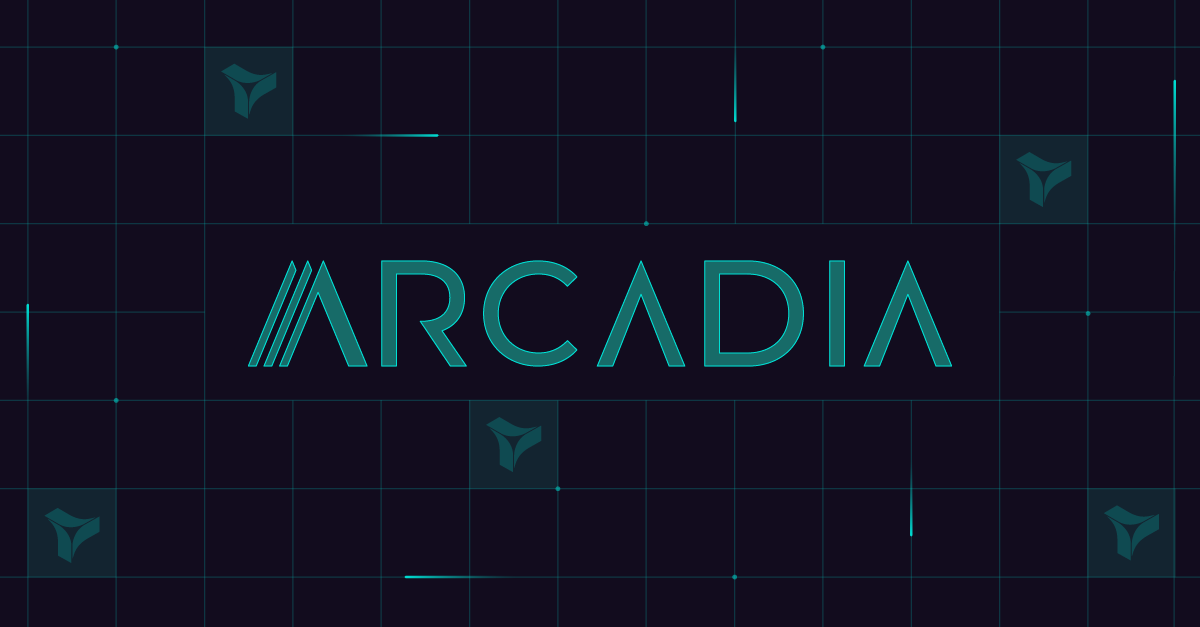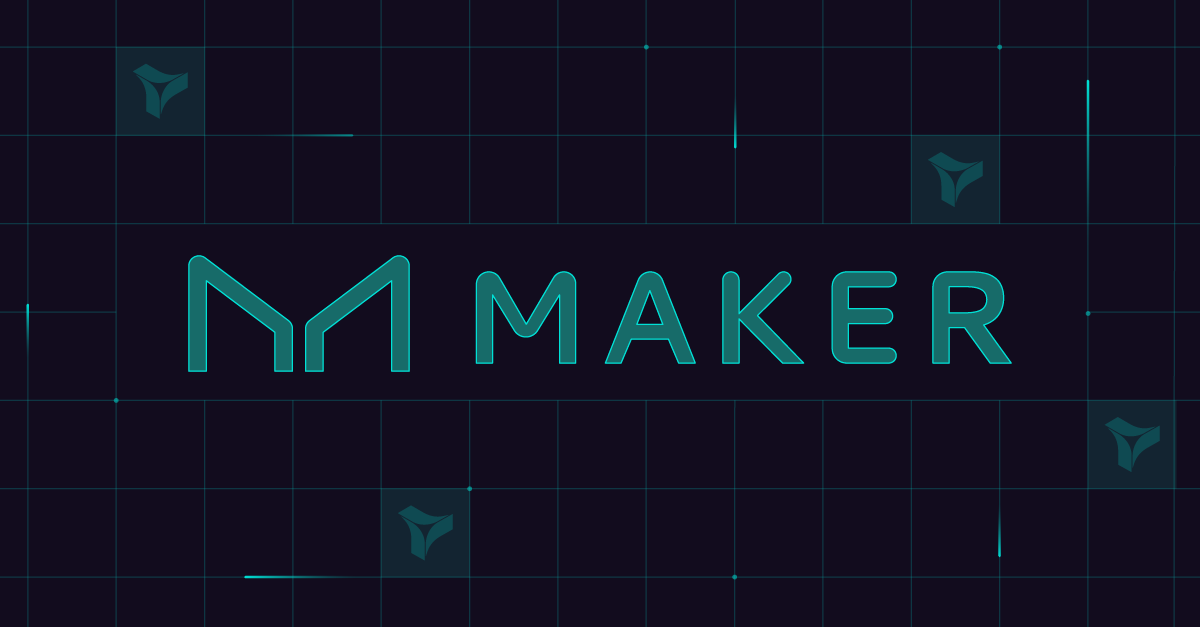How Velvet Capital Uses DevNets on Their Road to Omni-Chain Asset Management

"DevNets are a very useful tool, not only for developers but for product owners as well."
Velvet Capital
Velvet Capital is a DeFi asset management infrastructure for crypto hedge funds and asset managers. Striving to bring fund management on-chain, their team of developers wants to help fund managers transition from CeFi to mitigate counterparty risks and ensure full DeFi transparency.
Using the Velvet Capital operating system, investors and asset managers have control over their funds and can launch DeFi products. Then, Velvet Capital users can invest in those products. And since their asset management platform is on-chain, users have complete insight into what’s happening with their assets. The Velvet Capital team explains:
“The reason why we started building Velvet Capital is that we saw a lot of people getting wrecked with centralized platforms. So, our mission is to bring fund management on-chain as much as possible because we believe that's where it's supposed to be!”
However, given the complexity of their product and the nature of DeFi, the Velvet Capital development team employs rigorous and multifaceted testing procedures that involve Tenderly DevNets. Such extensive testing allows them to build a professional-grade product that inspires trust in their users while preserving their security.
The modular layers of the Velvet Capital infrastructure
Asset managers and investors can use Velvet Capital as an on-chain portfolio management or execution management system. Using Velvet Capital, asset managers can set up vaults and adjust different parameters, including vault strategy descriptions, minimum and maximum deposited amounts, and whitelisted users.
Once they set up their funds, Velvet Capital users can trade assets across supported protocols. They can execute different DeFi strategies, including asset lending, liquid staking, and adding liquidity into AMMs.
Aggregating various DeFi protocols, the Velvet Capital team strives to provide superior on-chain trade execution and capital efficiency to their users. To achieve this, the Velvet Capital asset management system brings together multiple components. Their architecture is modular and consists of:
- Strategy modules that enable asset managers to execute different DeFi strategies and the Velvet Capital team to create automated strategies.
- Fee modules that entail different types of fees that asset managers charge their users.
- Integration modules that allow them to integrate different DeFi products, such as 0x and 1inch, and ensure they work properly.
- Oracle modules that ensure the system has relevant, accurate, and up-to-date data.
- Indexing module that keeps track of user interactions.
Since Velvet Capital’s architecture is modular, the team needs to build and test each component of their complex system.
Preserving the integrity of modular infrastructure
During their extensive internal testing process, the Velvet Capital developers write different types of tests. However, since their system involves multiple DeFi protocols and products, these integrations bring a lot of intricacies to their testing procedures.
At first, the team used multiple tools, including Hardhat, Remix, and Truffle, to debug issues they came across during testing. However, they had limited insights into the entire flow of their smart contracts.
While the Velvet Capital team first started using Tenderly for debugging and understanding failed transactions with Transaction Simulator, they soon implemented Tenderly DevNets. Using DevNets, a private, real-time replica of a given network, the Velvet Capital team managed to simplify and automate their entire testing process. As the Velvet Capital team says:
“DevNets are a very useful tool, not only for developers but for product owners as well.”
Using DevNets to test real-world scenarios
Having integrated DevNets into their internal testing, the Velvet Capital developers can:
- Spin up a private development and testing environment that’s based on the production data of BnB Chain and Arbitrum, the two currently supported networks.
- Deploy and test any smart contract interaction against mainnet data to ensure their protocol integrations work as expected.
- Simulate transactions in a customizable environment to play out complex strategy scenarios and ensure their proper execution.
- Integrate DevNet environments with their frontend to try out different real-world scenarios, try to “hack” their own contracts, and see what would happen.
- Automate their testing with customizable YAML templates and override on-chain data with custom values.
- Inspect and debug problems quickly and in-depth right from their development and testing environment using Tenderly Debugger and Transaction Simulator.
Want to learn more about Tenderly DevNets? Watch this overview video:
Building toward omni-chain functionalities
As the Velvet Capital team continues to build their product, their goal is to create a professional toolset that would allow users to create and manage their DeFi portfolios with omni-chain functionalities. The team first plans to tackle feature expansion, integrate more DeFi protocols, and add more advanced functionalities such as derivative trading.
Following the feature expansion, the Velvet Protocol developers will work toward chain expansion. They’ll add all major EVM chains, such as Ethereum Mainnet, Optimism, and Polygon. This chain expansion is their road toward enabling omni-chain fund management, lowering cross-chain barriers for their users.
Tenderly DevNets will continue to be an integral part of their development and testing processes. Since DevNets support more than 30 EVM networks, the Velvet Capital team can test their integrations against both historical and recent network states.
And the team advises everyone to do the same – explore DevNets and test out different scenarios for valuable insights. So, give DevNets a try and start building your products faster.


